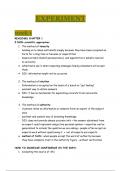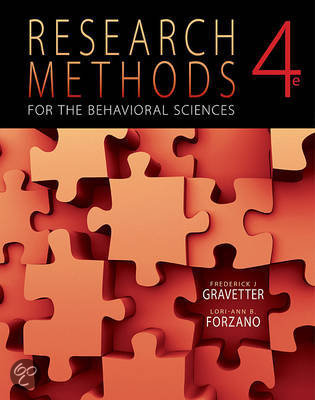Samenvatting
Summary Research Methods for the Behavioral Sciences - Research Workshop: Experiment
- Instelling
- Universiteit Van Amsterdam (UvA)
This is a full Summary of the notes from lectures book and SOS remarks for the experiment exam that will help you pass the course and know your stuff for the tutorials.
[Meer zien]





